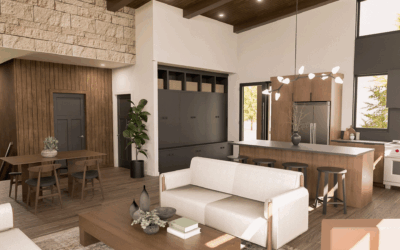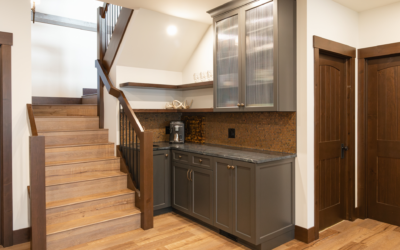Light. You use it every day. Without it, simple tasks can become nearly impossible. Something so important in your daily life, demands attention to create an environment that not only functions as a day-to-day tool, but also evokes the right emotions. Have you ever purchased a light fixture and installed it only to realise that it doesn’t provide enough light? Maybe you noticed the lighting in your bathroom makes it hard to apply makeup? Or maybe your space is too bright and over-stimulating, not allowing you to relax?
You’re not alone if you are lost knowing which light fixture will work best in your bathroom, or what colour temperature light bulb should go in your bedroom. Lighting can be tricky, but once you have the basic lighting knowledge, you’ll be able to transform your space. If you follow these 5 simple design tips in your home, you may notice a difference that could make your life easier and more enjoyable.
Mistake #1 – Not Lighting in Layers
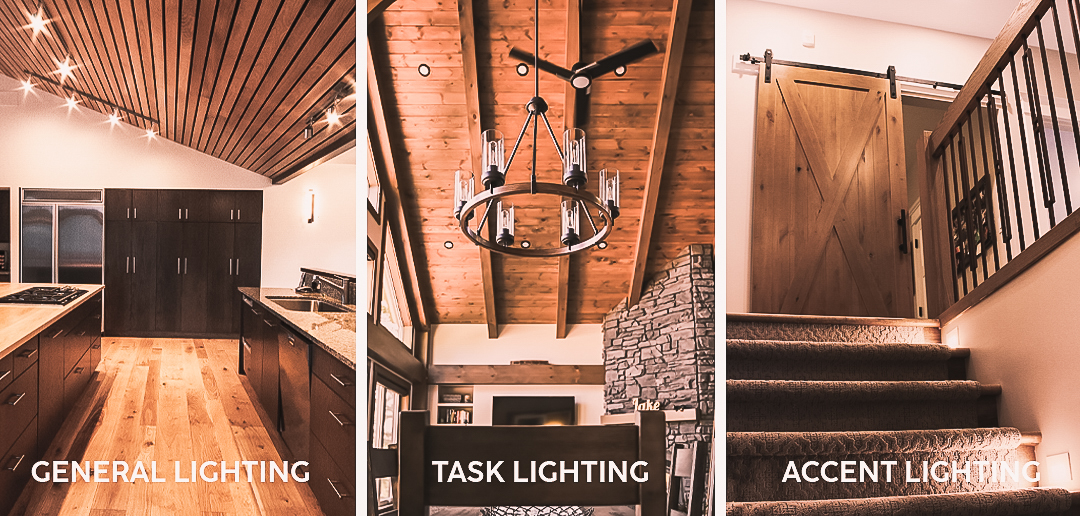
The key to a successful lighting design is thinking about your lighting in layers. This may not be common knowledge, but it will help you avoid over-lighting or under-lighting a space. If you refer to these three layers when planning your lighting layout, you will create functional spaces you can enjoy.
- General lighting: Think of this layer as your overall lighting. You want to ensure there are enough light fixtures on this layer to evenly light-up a space. Examples of light fixtures typically used on this layer would be recessed pots or surface mount fixtures.
- Task lighting: This type of lighting is meant to light an area you would typically perform a specific task, for example cooking or reading a book. Styles of light fixtures include lamps, under-cabinet lights, strategically placed sconces, pendants, and recessed lighting.
- Accent lighting: The final layer encompasses more decorative types of lighting fixtures and aims to emphasize specific elements within your space. Examples of this lighting are a light fixture over a piece of artwork or a backlit bar.
Mistake #2 – Ignoring Brightness Contrast
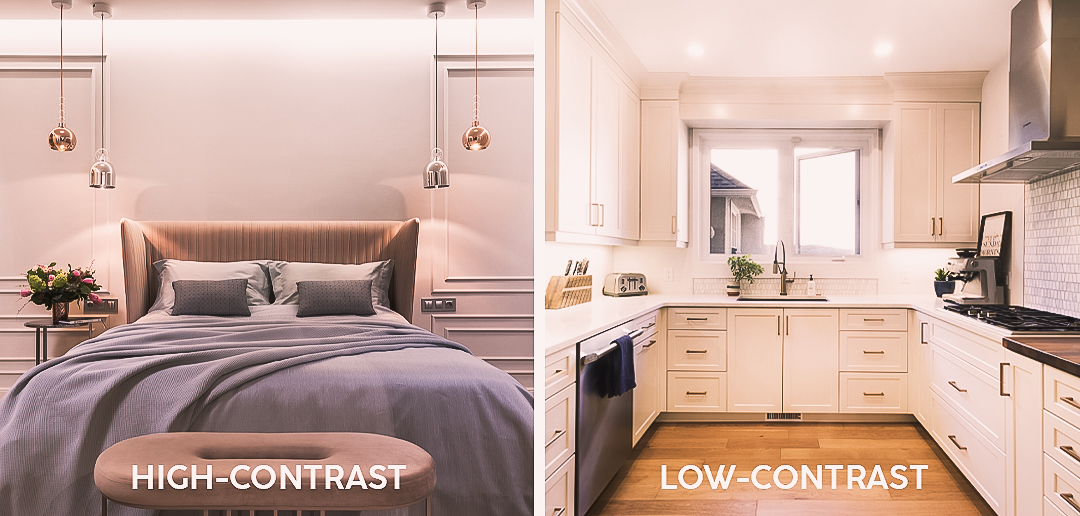
It’s likely that you may have never heard this term used before, but it is something you should take into consideration. There are two types of brightness contrast, low-contrast and high-contrast. The amount of brightness in any given space can have an effect on the emotions of any users within that space.
For example, a low-contrast environment provides an equal distribution of light across a room. This allows you to move about freely and perform tasks with ease. Spaces you may want to create a low-contrast lighting environment would be a kitchen, bathroom, or office.
A high-contrast environment would be the opposite in terms of lighting distribution. There is intention behind the placement of a light fixture that highlights a specific element, creating a mood within the space. For example, a spotlight over a piece of art, or dimmable sconces beside a bed. These focused points of light surrounded by shadowed areas are how you can control the emotions and mood of a space. Spaces you may want to create a high-contrast lighting environment would be rooms such as a bedroom, dining room, or living room.
Mistake #3 – Selecting the light fixture before knowing which objects or surfaces will be lit
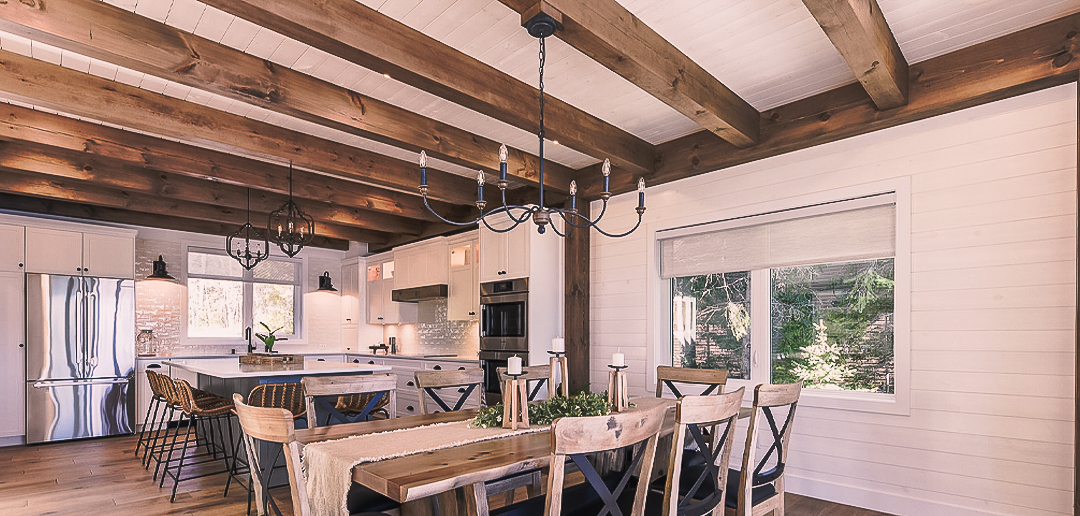
This is a common lighting mistake that often occurs when building a new home. If you are in the process of building or designing it’s hard not to jump the gun and start sourcing fixtures that you may want. While it’s important to envision how your spaces will look and feel, what’s critical to remember is knowing which objects or surfaces will receive the light before selecting the fixture. Once you have determined what will receive the light, you will be able to select the correct light fixture and bulb to create the environment you desire.
Mistake #4 – The fixture sends light in the wrong direction

Once you have established what objects or surfaces will be lit, it’s time to select the right fixture to achieve your desired outcome. There are three directions in which a light fixture will emit light: downward, upward, and multidirectional. Depending on the application, you want to choose the type that meets your lighting needs.
For example, suppose you’re selecting a chandelier above your dining table. In that case, you would want to choose either a downward or a multidirectional fixture, depending on the mood you are trying to achieve. An upward light fixture would not provide sufficient lighting above a dining table, as the light source is directed towards the ceiling, leaving your table poorly lit.
Mistake #5 – Choosing the Wrong Bulbs
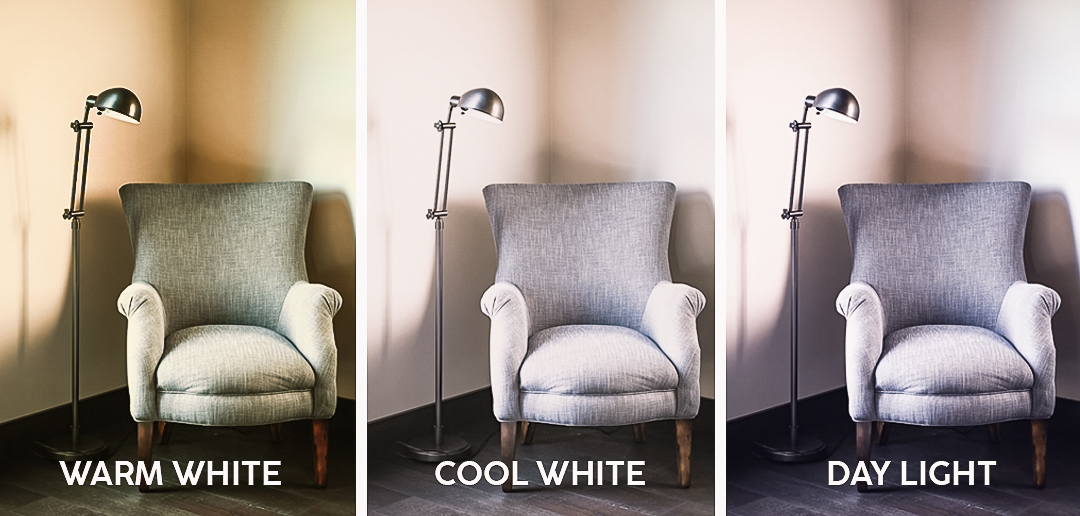
When deciding on a light bulb, there are a few things you should consider before making your final selection. Today LED bulbs are becoming the standard light source in most residential applications. They are more energy efficient and produce significantly less heat than any other type of bulb on the market.
A common lighting mistake people make when selecting a bulb is thinking the wattage equals the brightness the lamp will produce. What you want to look for to know how bright a bulb will be is the number of lumens. The higher the lumen count, the brighter the light produced will be.
Another thing to consider when selecting a lightbulb is the colour temperature. The colour temperature refers to the hue of light produced by the light source. Colour temperature is measured in Kelvins and ranges from roughly 2000K to 5000K for residential applications. Different colour temperatures are suited better for various applications. A bulb ranging from 2000k-3000k produces a warm white light with a golden appearance, great for creating a mood, especially in spaces such as a living room, bedroom, or dining room.
Now that you have learned some simple lighting tips, you will have the confidence to make changes in your own home to create functional and enjoyable spaces!
